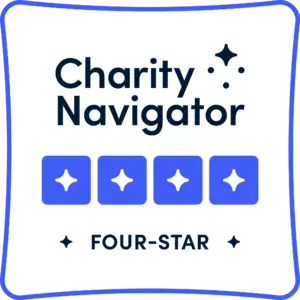June update: So far, our crew in Nebraska has marked 38 Mountain Plover nests this spring to protect them from accidental tillage by farmers. Five of those nests were found by landowners. They’ve also banded 18 plovers and sighted two plovers banded in prior years. One of those birds is nesting about a mile-and-a-half from were it nested in 2013. The GPS tags have arrived! The crew plans to get those tags deployed on Mountain Plovers soon to learn about their habitat use and foraging behaviors.
May update: Our crew is busy surveying crop fields in Nebraska for Mountain Plover nests. Despite wet, cool and sometimes snowy weather preventing access to fields this spring for surveys, 11 plover nests have been found and marked. One of those nests was found by a landowner. The second year of the habitat use study should begin soon as well, with the GPS tags on their way!
Rocky Mountain Bird Observatory has been conducting conservation efforts for more than a decade on the plains of Nebraska and Colorado to help boost declining Mountain Plover (Charadrius montanus) populations.
Mountain Plovers prefer to nest on sparsely vegetated or bare ground, so RMBO collaborates with private landowners to mark plover nests on agricultural fields for farmers to avoid accidental tillage, which can cause nest loss or damage. These efforts have increased Mountain Plover populations in Nebraska’s Kimball, Banner and Cheyenne counties. In addition, habitat improvements through prescribed burns on Conservation Reserve Program lands have created new nesting habitat for this species and other shortgrass prairie birds that prefer sparsely vegetated habitat for nesting.
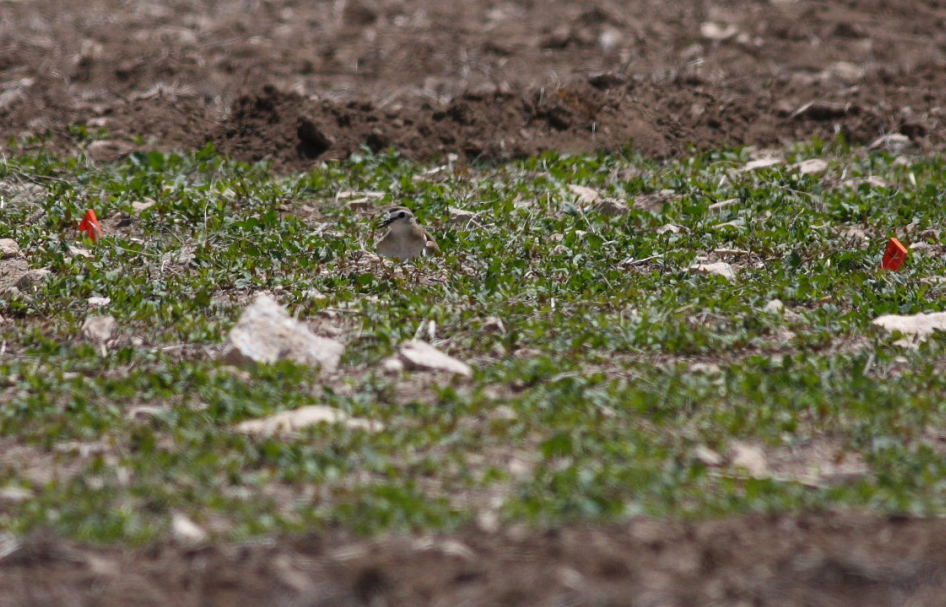
In the summer of 2013, RMBO expanded these efforts and partnered with the University of Colorado-Denver to support a graduate research project “to better understand how Mountain Plovers utilize habitat during the nesting cycle,” said master’s student Colin Woolley. Biologists will study their foraging habits by tracking adult plovers using radio-telemetry. Colin’s research will examine their day-to-day interactions with the environment before and after chicks hatch.
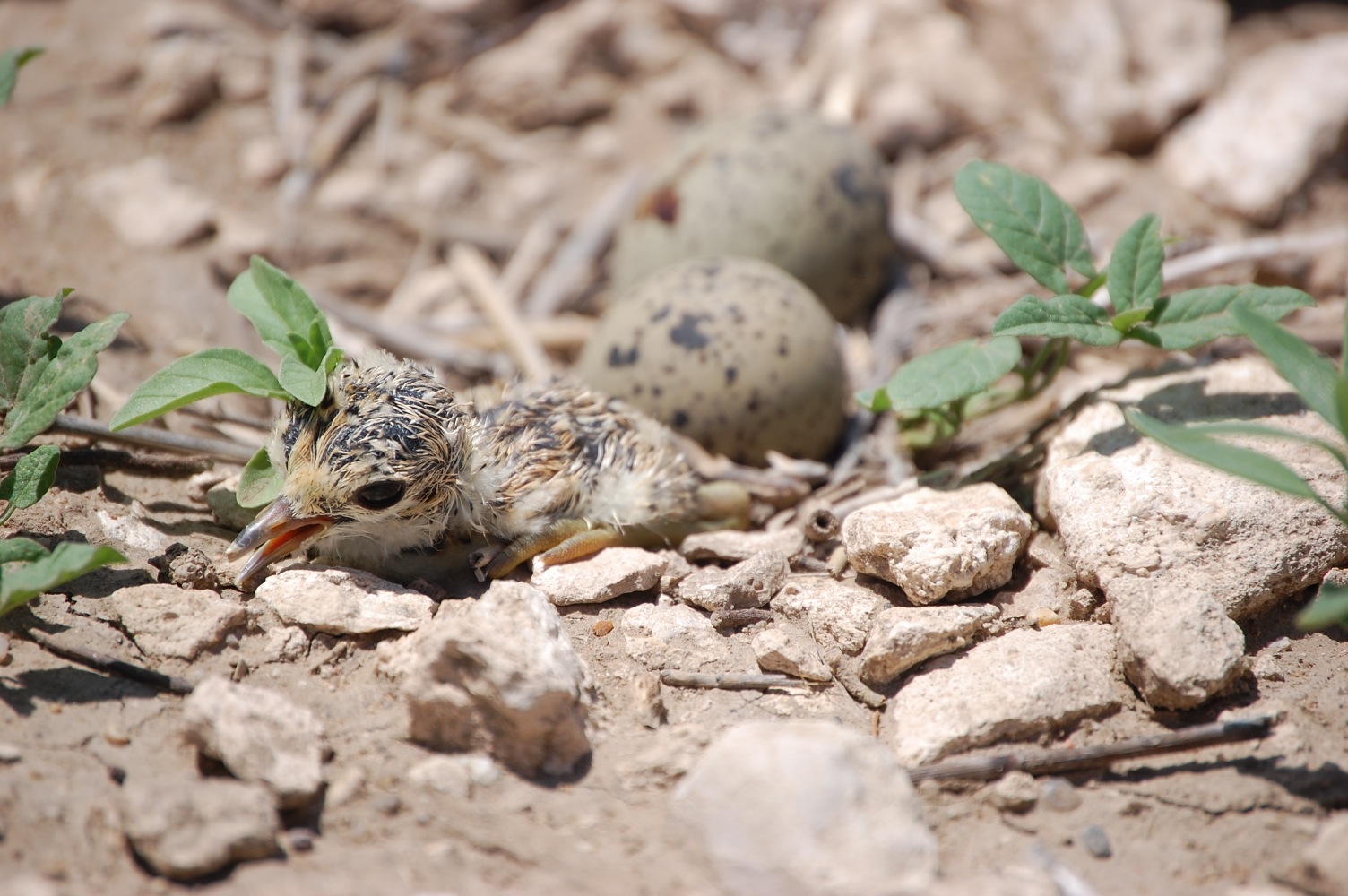
Colin is focused on the specific time of day that adult plovers are away from the nest during incubation, and the distance from the nest. Mountain Plover adults may spend several hours away from the nest foraging, if weather conditions are favorable, and due to the cryptic nature of the eggs, the nest is often naturally protected from predation. Therefore, he hopes to answer the questions: Are adult plovers able to forage on agricultural fields near the nest? Or do they need to travel further to different habitat for foraging needs?
Advancement in Technology
Technology has improved vastly over the past few years, allowing radio tags to be small enough to be carried on the backs of adult plovers. The tags, which are glued directly to the feathers on the back of a plover, weigh a meager 2.2 grams. The average weight of an adult Mountain Plover ranges from 100-120 grams, so the radio tag’s weight only accounts for about 2% of the total body weight of an adult plover. The radio tags are glued to “molting feathers,” which fall out and are replaced with fresh feathers at the end of the breeding season, just before fall migration. Before Mountain Plovers begin their long southward journey to wintering grounds in California and Mexico, the plovers molt their feathers and the radio tags are discarded.
To track the birds, Colin and RMBO biologists survey crop fields, mostly driving all-terrain vehicles, and search for each individual Mountain Plover that was tagged. In order for telemetry receivers to pick up the radio signals, researchers need to be within 500-600 meters of a radio-tagged plover. When they locate a tagged bird, they do not want to disturb or influence the bird’s behavior so they advance toward the plover using a wide circular pattern. Once a plover has been visually identified, the location and habitat is recorded on a hand-held GPS unit. In one day, the field biologists may be able to track and mark the location of 10 individual plovers.
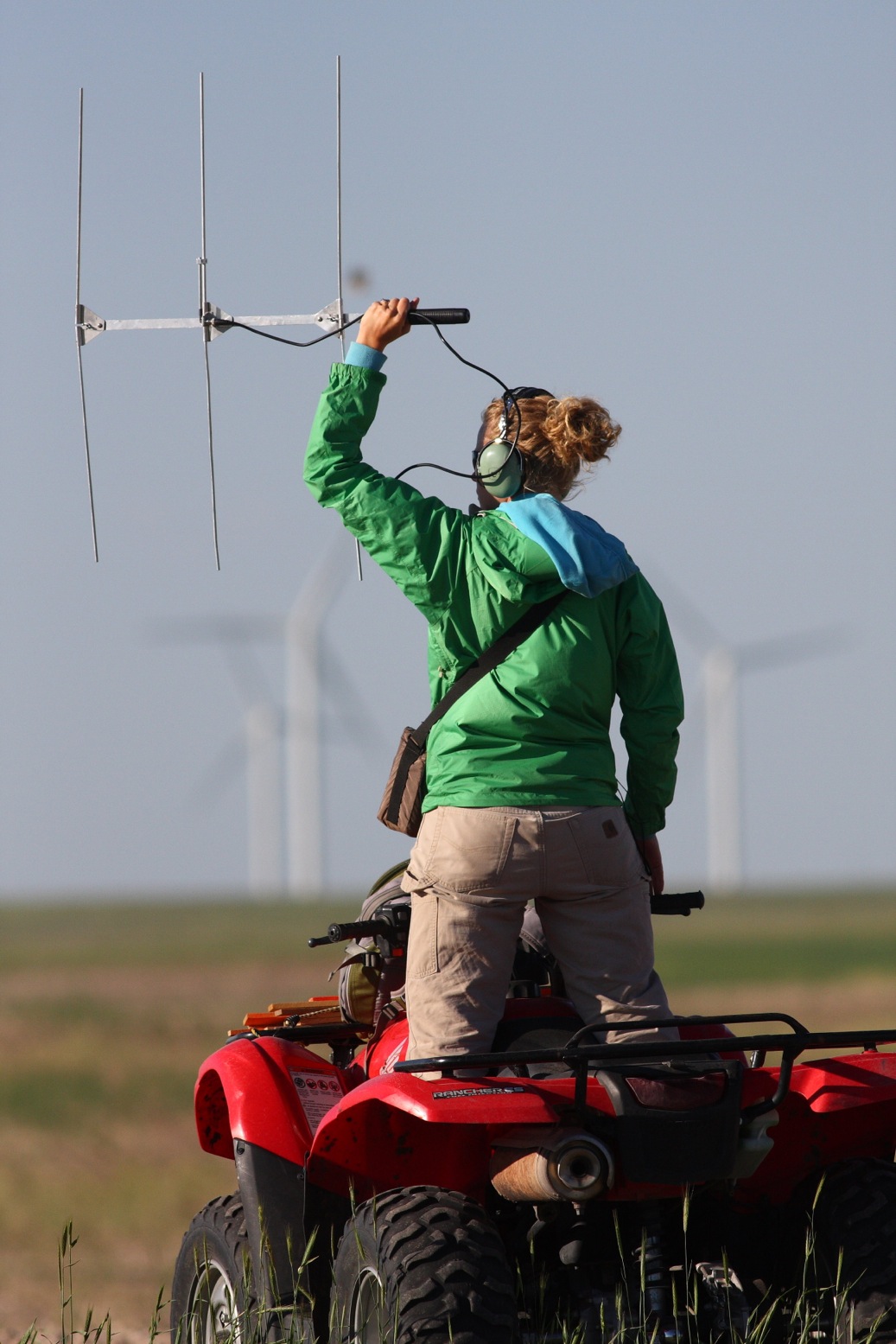
In addition, each tagged plover is leg-banded with a unique color combination. These banded birds can be identified each year they return to their breeding grounds, which help biologists study their survival. In fact, one banded adult from 2013 has already returned; it was spotted on April 1, 2014, in the same general area where it was originally banded!
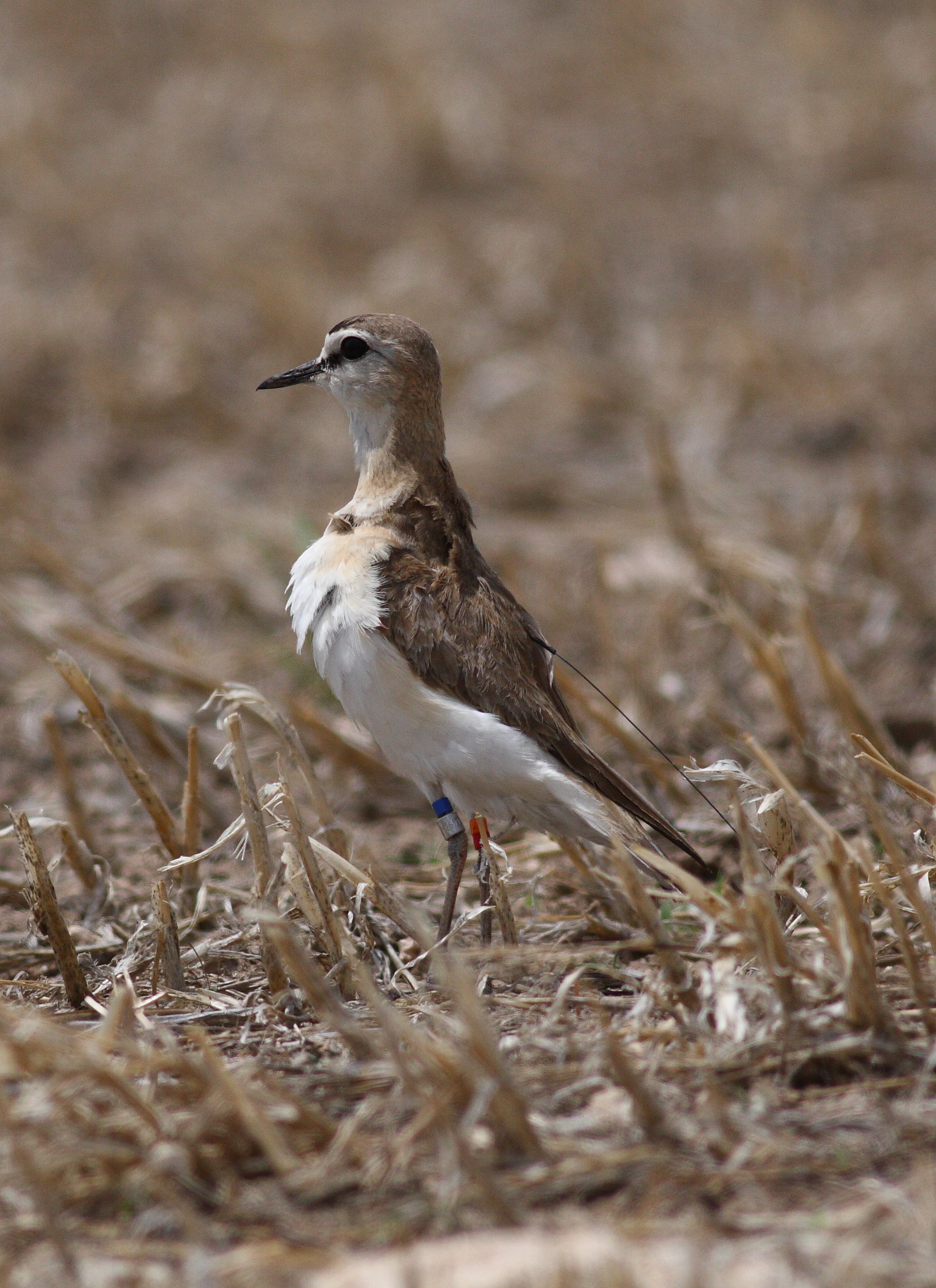
Ongoing Study
Colin and RMBO will continue this research in southwestern Nebraska and parts of Weld County, Colorado, in the 2014 and 2015 seasons. Colin’s research will help answer vital questions to aid in future conservation efforts for the Mountain Plover, a species of conservation concern in western Nebraska and parts of Colorado. Ultimately, insights gained from this study will inform management decisions to protect and conserve plovers on private crop fields.
~ Jamie Osterbuhr, Colorado State University student, CO301B: Writing in the Sciences
Editor’s note: Telemetry data from 2013 are still being analyzed; however, nest survival estimates indicate a 98% daily survival rate. This is promising from a management and research perspective. Early telemetry results reveal that adult plovers stayed in relatively close proximity to their nests. Implications of these results will be described after multiple field seasons.
In 2014, Colin will examine a new method of attaining habitat use data, using GPS tags. These tags are now small enough for an adult plover to carry on its back. GPS tags will collect location information at specified time-intervals. These tags will need to be retrieved from the bird in order to download and analyze the data. If successful, this will be a substantial improvement to the study, as it will eliminate the man hours required for tracking birds on the ground using radio-telemetry.





